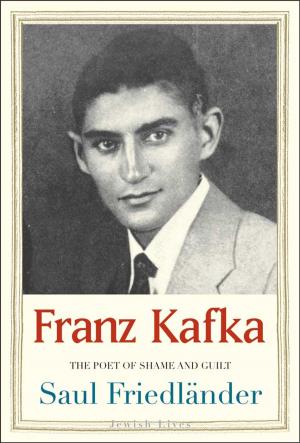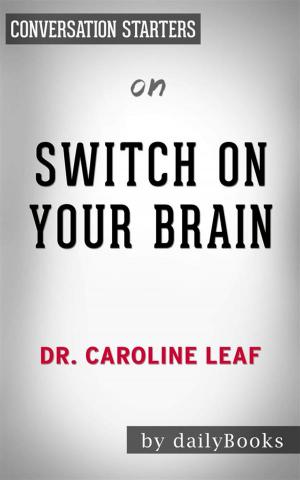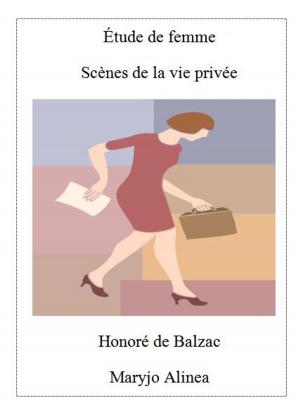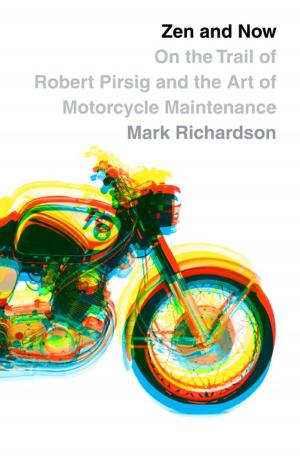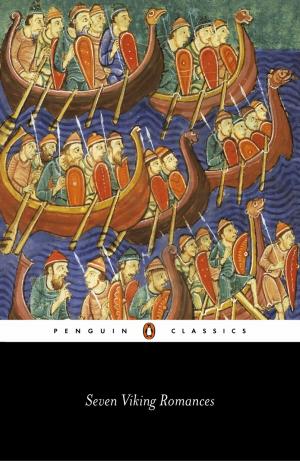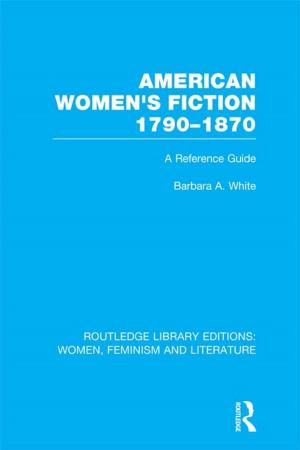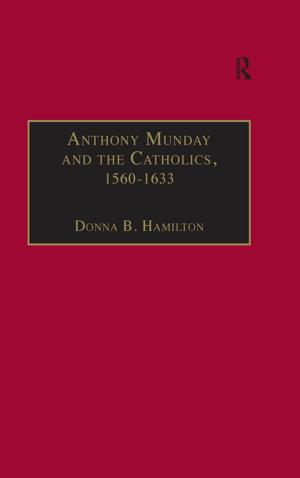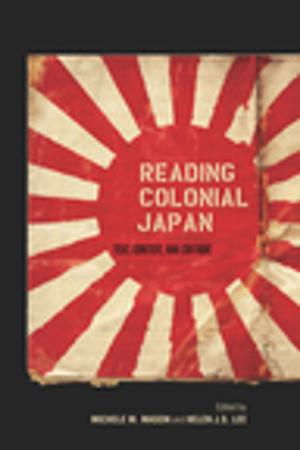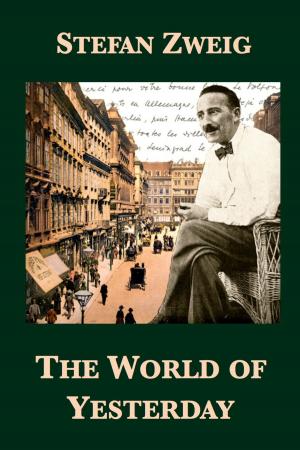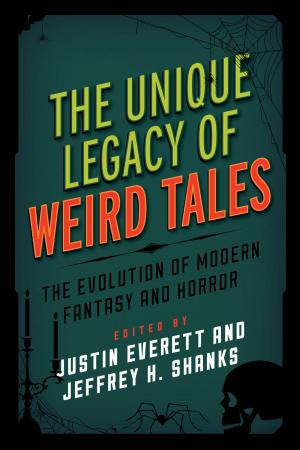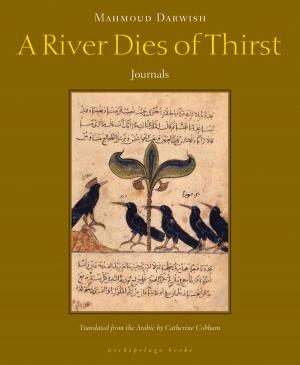| Author: | Ian Florance | ISBN: | 9780956757722 |
| Publisher: | OnlyConnect Publishing | Publication: | July 8, 2013 |
| Imprint: | OnlyConnect Publishing | Language: | English |
| Author: | Ian Florance |
| ISBN: | 9780956757722 |
| Publisher: | OnlyConnect Publishing |
| Publication: | July 8, 2013 |
| Imprint: | OnlyConnect Publishing |
| Language: | English |
Adam Mahfouz is mugged and his life starts to fall apart.
He is a tutor on the Cull, a global educational programme aimed at reducing social inequality and ethnic tension in the globalised economy of the 2060s. He was brought up in a poor, ethnically mixed background and is proud of his status as a 'scholarship boy' and what he's achieved in his working life. His mugger is a former pupil, Leila, who gradually invades his life. Adam begins to record his past obsessively. He grows fascinated by memories of his teenage years when he was seduced by a group of rich, self-indulgent kids, including the charismatic, unstable Nathan. This period led to five deaths, including Nathan's, and the disappearance of Adam's sister.
He also records what's happening to him as he writes. He loses his home and job (and nearly his life), and he and Leila set out to walk through and under London to beg help from Nathan's now aged billionaire father. Together they explore a London divided by extremes of wealth and by ethnicity, culture and religion; which mixes 400 year old buildings and subterranean archaeological sites with futuristic technology. The journey ends in a Gravesend tomb where two more people die. In the same place, Adam remeets his sister after 30 years of separation. They live together in Kings Cross and, as Adam completes writing his memories and gets involved with an ambiguous gang of low-lifes, he finally discovers the truth about his life, his job and his past.
A Glass Rope is set in the near future in a slightly off- balance world but one which is recognisably our own. It reflects issues such as technological change, the poverty gap, ethnicity, surveillance, entrepreneurship and sexual identity.
It's also about London and the Thames - the 'glass rope' of the title - drawing on stories the author's father and grandfather told him about their lives in Bermondsey.
He is a tutor on the Cull, a global educational programme aimed at reducing social inequality and ethnic tension in the globalised economy of the 2060s. He was brought up in a poor, ethnically mixed background and is proud of his status as a 'scholarship boy' and what he's achieved in his working life. His mugger is a former pupil, Leila, who gradually invades his life. Adam begins to record his past obsessively. He grows fascinated by memories of his teenage years when he was seduced by a group of rich, self-indulgent kids, including the charismatic, unstable Nathan. This period led to five deaths, including Nathan's, and the disappearance of Adam's sister.
He also records what's happening to him as he writes. He loses his home and job (and nearly his life), and he and Leila set out to walk through and under London to beg help from Nathan's now aged billionaire father. Together they explore a London divided by extremes of wealth and by ethnicity, culture and religion; which mixes 400 year old buildings and subterranean archaeological sites with futuristic technology. The journey ends in a Gravesend tomb where two more people die. In the same place, Adam remeets his sister after 30 years of separation. They live together in Kings Cross and, as Adam completes writing his memories and gets involved with an ambiguous gang of low-lifes, he finally discovers the truth about his life, his job and his past.
A Glass Rope is set in the near future in a slightly off- balance world but one which is recognisably our own. It reflects issues such as technological change, the poverty gap, ethnicity, surveillance, entrepreneurship and sexual identity.
It's also about London and the Thames - the 'glass rope' of the title - drawing on stories the author's father and grandfather told him about their lives in Bermondsey.
Adam Mahfouz is mugged and his life starts to fall apart.
He is a tutor on the Cull, a global educational programme aimed at reducing social inequality and ethnic tension in the globalised economy of the 2060s. He was brought up in a poor, ethnically mixed background and is proud of his status as a 'scholarship boy' and what he's achieved in his working life. His mugger is a former pupil, Leila, who gradually invades his life. Adam begins to record his past obsessively. He grows fascinated by memories of his teenage years when he was seduced by a group of rich, self-indulgent kids, including the charismatic, unstable Nathan. This period led to five deaths, including Nathan's, and the disappearance of Adam's sister.
He also records what's happening to him as he writes. He loses his home and job (and nearly his life), and he and Leila set out to walk through and under London to beg help from Nathan's now aged billionaire father. Together they explore a London divided by extremes of wealth and by ethnicity, culture and religion; which mixes 400 year old buildings and subterranean archaeological sites with futuristic technology. The journey ends in a Gravesend tomb where two more people die. In the same place, Adam remeets his sister after 30 years of separation. They live together in Kings Cross and, as Adam completes writing his memories and gets involved with an ambiguous gang of low-lifes, he finally discovers the truth about his life, his job and his past.
A Glass Rope is set in the near future in a slightly off- balance world but one which is recognisably our own. It reflects issues such as technological change, the poverty gap, ethnicity, surveillance, entrepreneurship and sexual identity.
It's also about London and the Thames - the 'glass rope' of the title - drawing on stories the author's father and grandfather told him about their lives in Bermondsey.
He is a tutor on the Cull, a global educational programme aimed at reducing social inequality and ethnic tension in the globalised economy of the 2060s. He was brought up in a poor, ethnically mixed background and is proud of his status as a 'scholarship boy' and what he's achieved in his working life. His mugger is a former pupil, Leila, who gradually invades his life. Adam begins to record his past obsessively. He grows fascinated by memories of his teenage years when he was seduced by a group of rich, self-indulgent kids, including the charismatic, unstable Nathan. This period led to five deaths, including Nathan's, and the disappearance of Adam's sister.
He also records what's happening to him as he writes. He loses his home and job (and nearly his life), and he and Leila set out to walk through and under London to beg help from Nathan's now aged billionaire father. Together they explore a London divided by extremes of wealth and by ethnicity, culture and religion; which mixes 400 year old buildings and subterranean archaeological sites with futuristic technology. The journey ends in a Gravesend tomb where two more people die. In the same place, Adam remeets his sister after 30 years of separation. They live together in Kings Cross and, as Adam completes writing his memories and gets involved with an ambiguous gang of low-lifes, he finally discovers the truth about his life, his job and his past.
A Glass Rope is set in the near future in a slightly off- balance world but one which is recognisably our own. It reflects issues such as technological change, the poverty gap, ethnicity, surveillance, entrepreneurship and sexual identity.
It's also about London and the Thames - the 'glass rope' of the title - drawing on stories the author's father and grandfather told him about their lives in Bermondsey.

